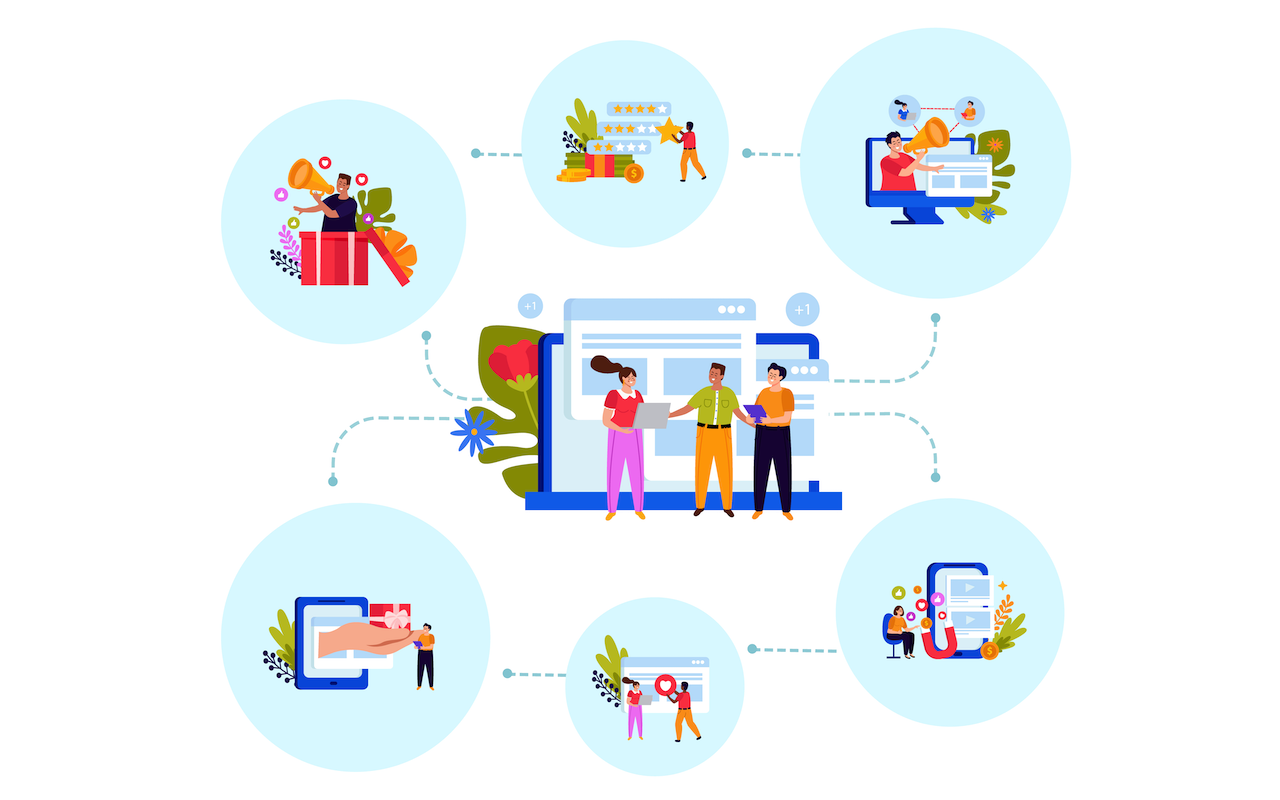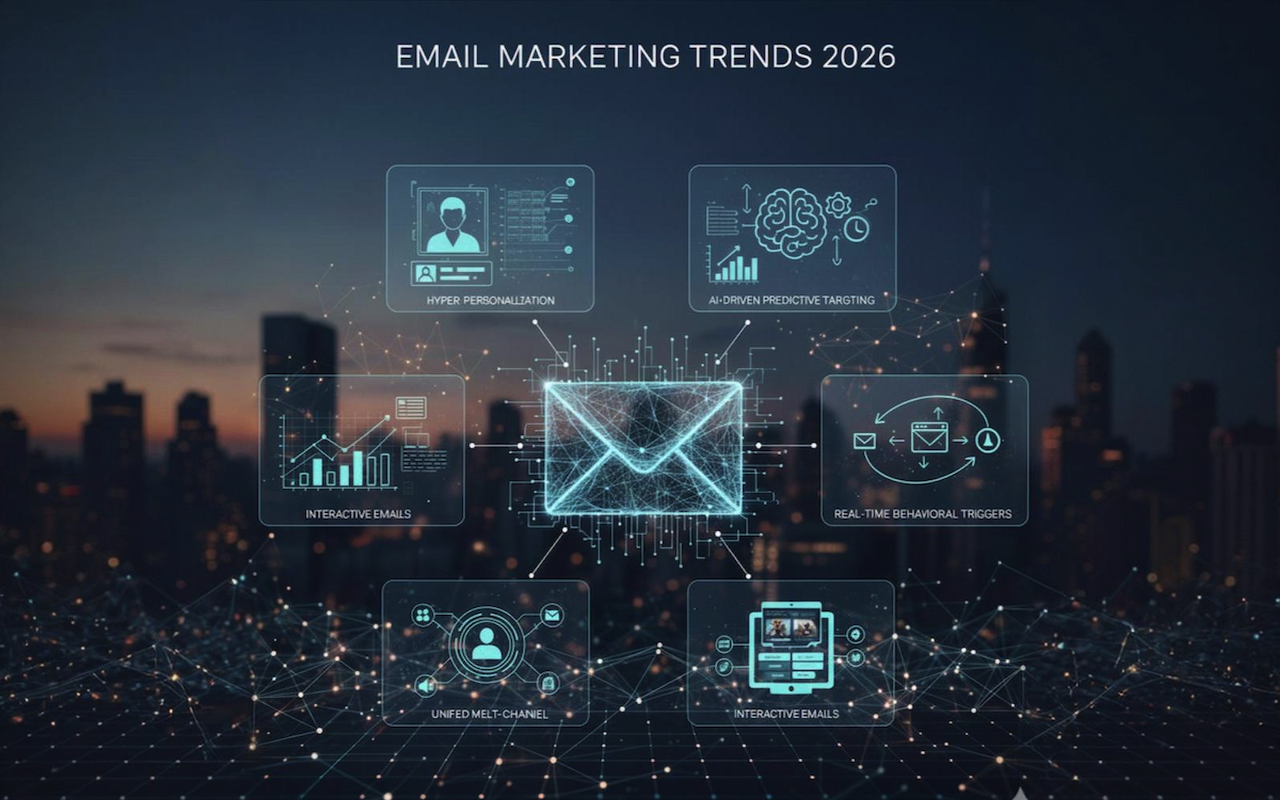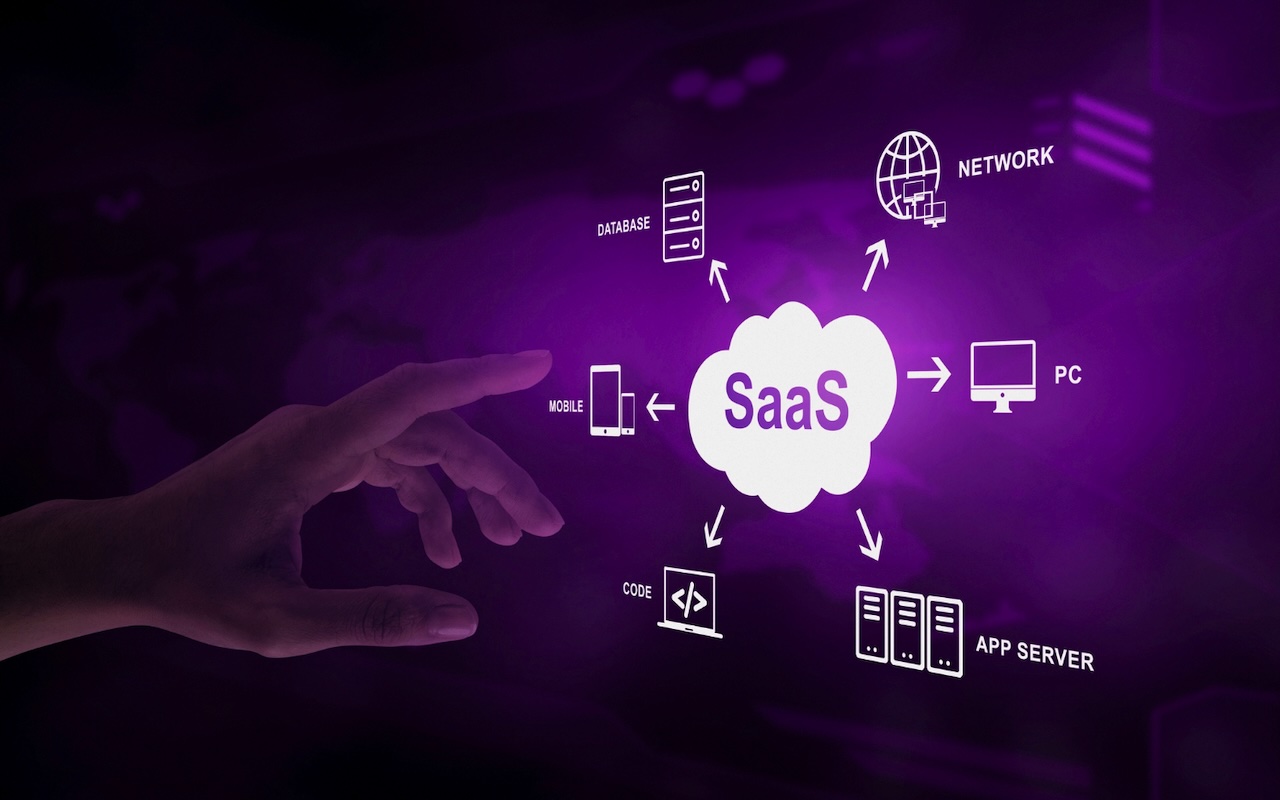
Today’s buyers in the B2B tech space want relevant, timely communication that addresses a real business problem rather than cold emails and sales pitches that do not accomplish anything. The need for personalized communication by a sales team has completely shifted how we outreach. It allowed sales teams to be more strategic in their targets and smarter in their outreach.
The combination of AI and multi-channel Account-Based Marketing (ABM) is enabling organizations to better access their ideal customer profile. Together, they help identify buyers, understand their intent, and engage with them across multiple channels like email, LinkedIn, and online ads, at the right time.
This article will cover how AI and multi-channel ABM work together, what they can do for sales teams, and how to create a sales strategy for the future.
What’s Changing in B2B Tech Sales Today?
B2B technology sales are evolving rapidly. Buyers are more independent and expect personal experiences. The traditional approach to the sales funnel is old and inefficient. Sales teams need to engage buyers across multiple channels, build relationships, and maintain digital interaction if they want to stay competitive and close deals in a dynamic workspace.
Meanwhile, buyers want vendors to know and recognize their priorities, what stage they are in, and address their challenges. Cold calls and mass emails are completely pointless. In fact, according to 65% of B2B buyers, they are overwhelmed with ineffective outreach. This demonstrates how crucial it is to make an impression with the appropriate message.
Intent-based buying is also growing fast. Buyers now show interest through actions and these actions often signal that they are ready to buy. They show interest while doing things, like visiting a web site or reviewing content. If sales teams track the interest shown by buyers, they will have far better sales chances. Tech companies must adopt more intelligent sales tactics that are flexible, data-driven, and customer-focused in order to remain competitive.
What is Multichannel ABM and How Does it Work?
Account-based marketing is a B2B method of marketing that leverages sales and marketing teams working together to identify a specific list of high-value accounts. ABM focuses on individual accounts rather than a large audience. ABM treats the accounts as a market of one, making it easier to send the right message to the right person.
Multichannel ABM means contacting the accounts with multiple avenues of outreach across several platforms such as email, LinkedIn, paid ads, webinars, and other content related platforms. Using many channels helps you stay upfront and relevant throughout the buyer's journey. Every interaction improves your deal and builds trust.
Specifically, for B2B tech companies, account-based marketing (ABM) is a successful tactic. Because the sales cycle is longer, the deals are larger, and there are more decision-makers involved, ABM helps your organization focus on accounts that are relevant and actually matter. It also brings sales and marketing teams closer together so that both teams are working toward the same goal.
ABM enables you to personalize outreach at scale, improve engagement, and get better ROI on your sales and marketing investment. It is smart, focused, and made for complicated B2B sales.
How AI Is Transforming ABM Targeting?
AI is accelerating and enhancing ABM. Predictive analytics is AI's capability to find high intention accounts. High-intentioned accounts have shown signs that they have high interest to buy a product or service. AI will analyze your past data, website visits, and online habits to rank which accounts you should put attention on.
AI also helps segment and customize groups better. It can put together smart buyer profiles based on the role, needs, and behaviors of buyers. Doing this enables companies to share information and deliver relevant messages to a larger portion of their targeted audience. AI also enhances personalization, such as determining the best time to send an email, delivering the right content, or customizing an email or message based on the buyer’s interests.
Conversational AI, like chatbots and virtual assistants, creates instant and valuable outreach without requiring a human response every time. Natural Language Processing (NLP) also alters content to make it sound more natural and more engaging.
How to Create a Multichannel ABM Strategy Using AI
Here’s a step-by-step guide:
1. Employing AI to Identify Ideal Customer Profiles
Leverage AI to analyze firmographics, such as company size or industry, and technographics, like the tools or platforms being used. AI-enabled tools like 6sense, Bombora, and Dynamic Demandbase can help identify early buying intent.
2. Target Account Lists
AI can build intelligent account lists based on buyer behavior, website visits, and content engagement. Then, connect with your CRM so the lists are updated and revised in real time to reflect changes in account activity.
3. Personalization Across Channels
Artificial intelligence can generate personalized messaging for email, ads on LinkedIn, website content, and other media platforms, using adaptive content capabilities that automatically change messaging based on buyer interest and stage.
4. Automate Outreach & Engagement
Establish workflows that trigger emails, ads, or chatbot messages based on what the account did, such as downloading a white paper or visiting your pricing page. AI allows you to schedule engagement, score leads, and decide when to engage with accounts.
5. Measure, Optimize, and Scale
Use AI-enabled attribution models to see what is actually driving results in a channel and message. Establish real-time feedback loops to begin testing new ideas and adjusting content that isn’t working. Once you find something effective, scale it across other accounts.
Top Tools and Platforms to Know in 2025
In 2025, many tools exist to help B2B tech companies run more efficient AI-powered ABM campaigns. Popular examples include HubSpot, ChatGPT, Demandbase, Drift, and Outreach.io.
- HubSpot: Manages the CRM and marketing automation side of things. ChatGPT writes personalized emails, chat replies, and content quickly and effectively.
- Demandbase: A great tool for discovering high-intent accounts using AI. Demandbase helps you focus on the right people by tracking buyer behavior. It also promotes through ads, website experiences, and targeted, personalized accounts.
- Drift: Uses intelligent chatbots and conversational AI to interact with website visitors. It differentiates visitors in real time, qualifying, booking, and guiding buyers for engagement.
- Outreach.io: A follow-up tool that creates automated follow-ups to more efficiently manage engagement. It uses AI to score leads, schedule email sequences, and suggest the best next action.
Each tool helps solve a part of the ABM journey, whether it’s discovering the right accounts to target, building content, or improving outreach. Together, they increase the efficiency of your multichannel ABM, making it more data-driven. These tools will help keep you ahead of the competition in B2B tech sales.
The Do’s and Don’ts of Using AI in ABM
AI can significantly enhance Account-Based Marketing (ABM), but to use it effectively, teams must strike a balance between innovation and responsibility. Here are some key do’s and don’ts to keep in mind.
Do:
- Follow data privacy and compliance regulations: When leveraging customer data, ensure you comply with laws such as GDPR and CCPA to maintain trust and avoid legal issues.
- Ensure data quality and system integration: Make sure your CRM system, marketing automation tools, and AI platforms are properly synced. Accurate data and seamless integration are essential for useful insights and effective targeting.
- Plan your budget wisely: AI tools can be costly. Teams should budget carefully based on their initial investment potential to avoid overspending and ensure ROI.
- Align sales and marketing teams: AI insights are most valuable when used collaboratively. A strong alignment between sales and marketing ensures consistent messaging and fewer missed opportunities.
- Use AI to enhance, not replace, human interaction: AI should act as a lever to improve your outreach—personalized, timely, and informed—while still preserving genuine human connection.
Don’t:
- Ignore compliance risks: Neglecting privacy laws like GDPR and CCPA when using AI can lead to serious consequences.
- Allow poor data integration to persist: Disconnected tools and platforms lead to inaccurate insights and ineffective targeting.
- Overspend without a clear strategy: Jumping into expensive AI tools without a budgeting plan can waste resources.
- Let teams operate in silos: When sales and marketing don’t collaborate on AI-driven insights, you risk delivering mixed messages or missing potential deals.
- Rely too heavily on automation: Over-automation can make your outreach feel robotic. In B2B sales, where purchases often involve multiple stakeholders, buyers still value real conversations.
By following these best practices, you can harness AI to drive smarter, more personalized ABM strategies—while avoiding common pitfalls that can derail your efforts.
Conclusion
As AI and multichannel ABM evolve in B2B tech sales, companies will leverage their data and analytics to build custom outreach across multiple channels, gaining more accuracy in reaching destined buyers and ultimately producing more efficient results. However, success depends on clean data, the right platforms, and strong collaboration between sales and marketing teams.
Staying competitive means aligning both teams quickly and working together productively. The future of B2B sales relies on engaging the right accounts at the right time through smart outreach and meaningful interactions. Now is the time to embrace AI and ABM to meet buyer needs and support long-term, sustainable growth.
Featured Image by Freepik.
Share this post
Leave a comment
All comments are moderated. Spammy and bot submitted comments are deleted. Please submit the comments that are helpful to others, and we'll approve your comments. A comment that includes outbound link will only be approved if the content is relevant to the topic, and has some value to our readers.




Comments (0)
No comment